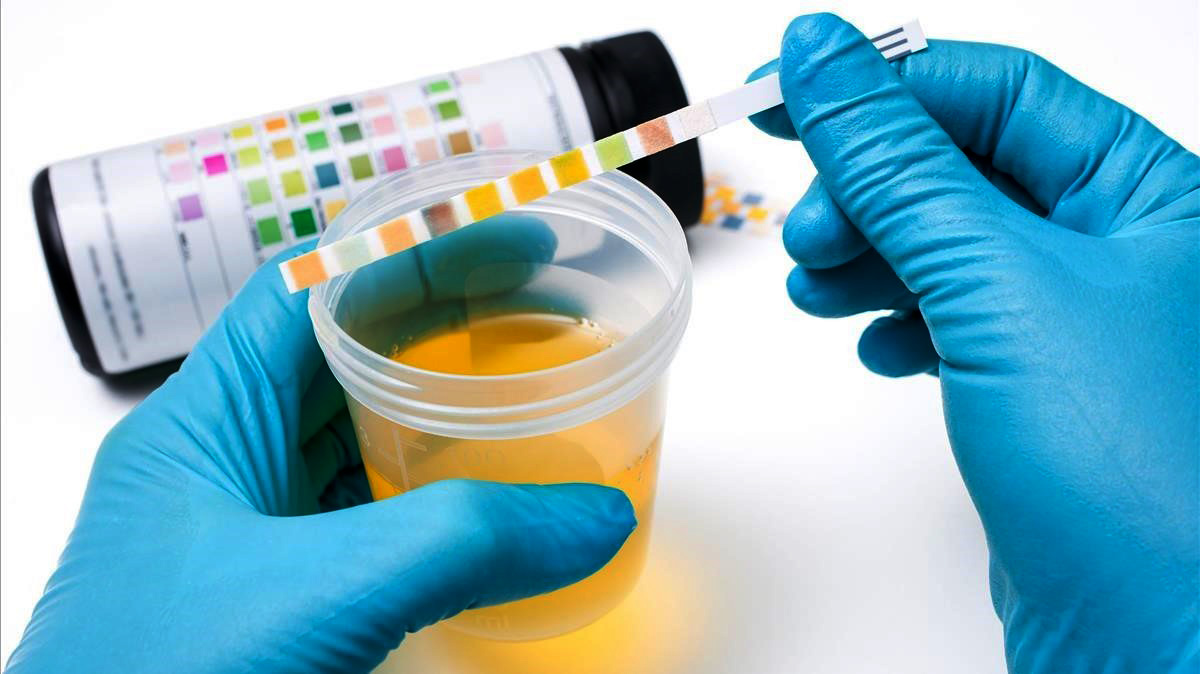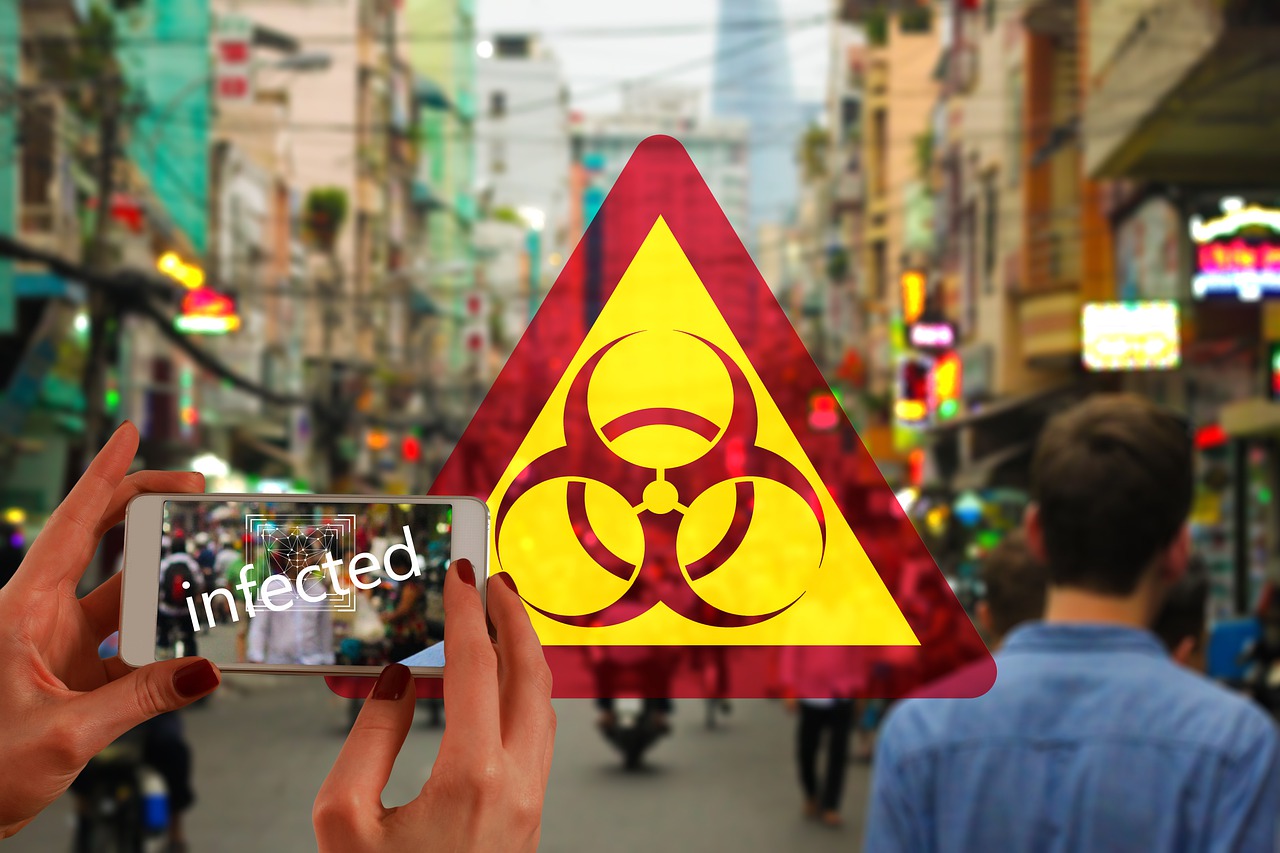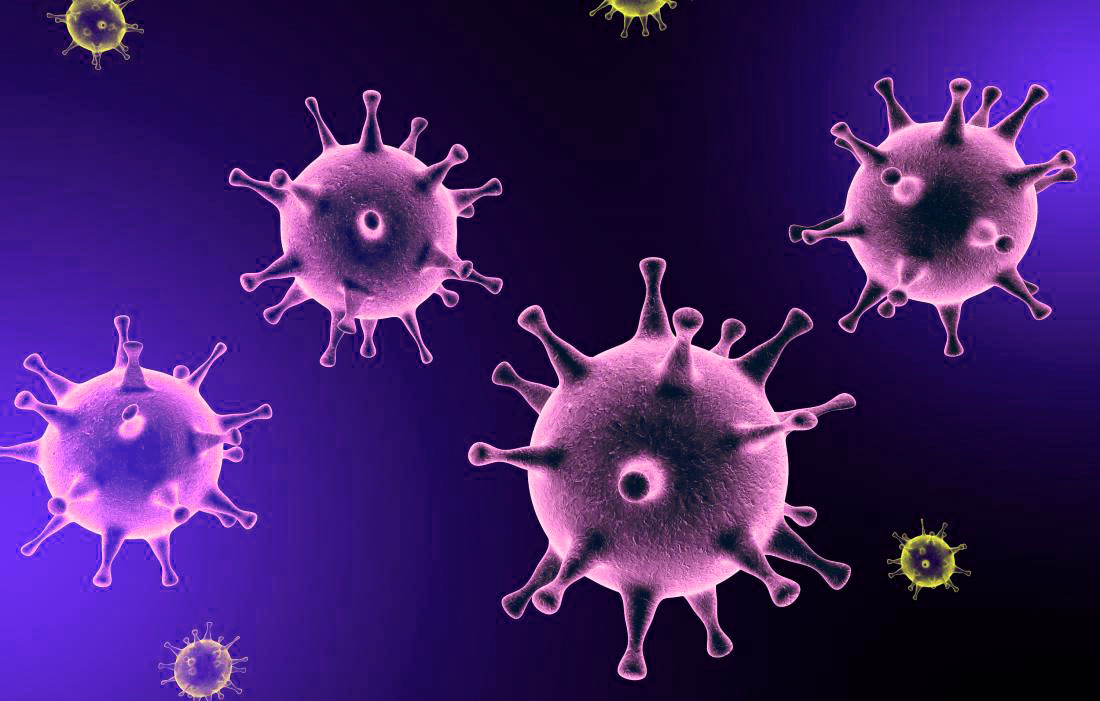[et_pb_section bb_built=”1″][et_pb_row][et_pb_column type=”4_4″][et_pb_text _builder_version=”3.13.1″]
Tapeworm infections include intestinal taeniasis and cysticercosis, hymenolepiasis (dwarf tapeworm), diphillobotriasis, and echinococcosis (hydatid cyst).
Cysticercosis is a systemic infection caused by the larva (cysticercus) of Taeniasolium.
Tapeworm infection is caused by the consumption of food or water contaminated with eggs or tapeworm larvae. If you eat certain tapeworm eggs, they can move out of the intestines and form larval cysts in the tissues and organs of the body (invasive infection). On the other hand, if you eat tapeworm larvae, these become adult tapeworms in the intestines (intestinal infection).
Adult tapeworms can live up to 30 years in a host. Many people with an intestinal tapeworm infection have no symptoms.
The signs and symptoms of intestinal infection include the following:
Nausea, Weakness, Loss of appetite, Abdominal pain, Diarrhea, Dizziness, Intense craving for salt, Thinning and inadequate absorption of nutrients from food.
Cats infections, caused by T. solium, that occur during pregnancy should always be treated immediately (with praziquantel or niclosamide, but not with albendazole) due to the risk of cysticercosis. Treatment with praziquantel should always be administered in a hospital. Treatment with praziquantel at high doses for 14 days also eliminates T. solium cysticerci.
Learn more about health in Pharmamedic.
[/et_pb_text][/et_pb_column][/et_pb_row][/et_pb_section]







